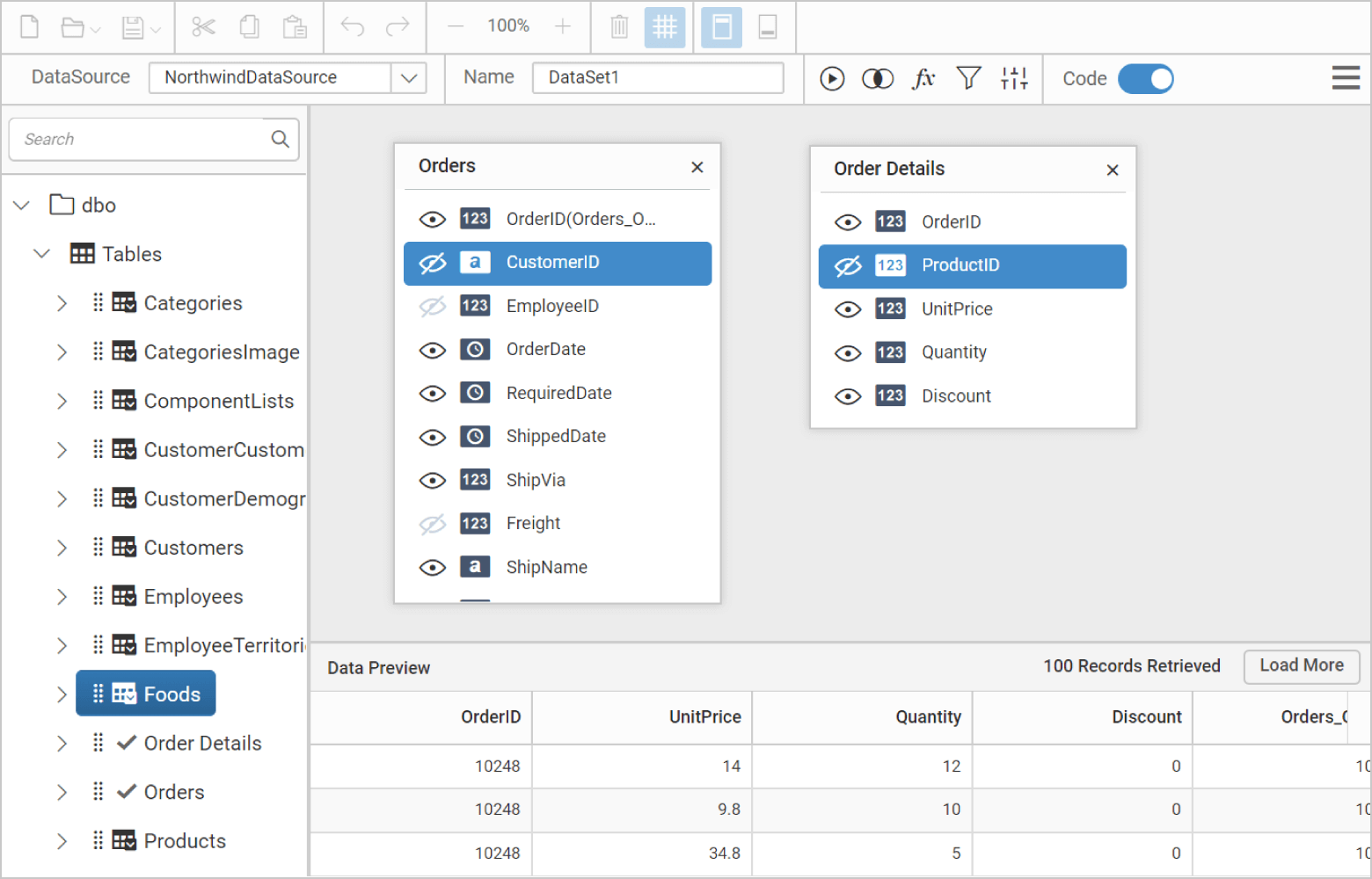

With photo’s and not to much possible configurations, you can just show the photo that fit the chosen values.You can work with photo’s or you work with 3D models. There are a few ways to create a configurator like the example you gave. Their bikefitting rules can be integrated into the bike configurator. There are a lot of rules to combine frames, wheelsets, groupsets, stems, handlebars, seats, and also bikefit must be taken into consideration.Ī partnership with someone like Retul might be interesting. I am an ex triathlete, so I can understand the complexity of online bicycle configurators. My suggestion is NOT working directly with developers, but work with a business analyst to design the requirements.

Product configurators are much more complex than assumed. – Any other relevant documentation that describe the development needs, user processes, while maintaining the brandģ) Documentation is delivered to developers which can be: – Marketing / sales goals (SEO, branding, etc)Ģ) Requirements documentation would be designed based on elicited information, and it would include: – Products or product parts which will be used in the configuration process What I do know is that in many cases you are looking at a price tag that’s substantially higher.Īt JTT PARTNERS we would apply following process:ġ) Elicit following information from stakeholders on client side: Of course, there are other solutions (try a search for “product configurator” on Google, for example), but I’m not directly familiar with them. Each item in the configuration is not just an “option” or “attribute” in the store, but rather an inventory part, which makes a big difference. It supports inventory management, product images and descriptions, multiple pricing levels, etc. What I can give you here is only biased advice based on my experience at Early Impact: the “Build To Order” version of the ProductCart ecommerce system ( ProductCart Build To Order combines a shopping cart, product configurator, and online quoting software) is an affordable and customizable solution. There are a lot of details that are not trivial to solve at all. The problem is not just the front-end, which a good JavaScript developer could help you with, but the back-end: handling the setup of the configurable product, managing the ordering of the configured product, inventory management (if a part is out of stock, how will the storefront handle it?), etc. Hi Heinrich: designing a configurator from scratch is a lot of work and I do not recommend it.


 0 kommentar(er)
0 kommentar(er)
